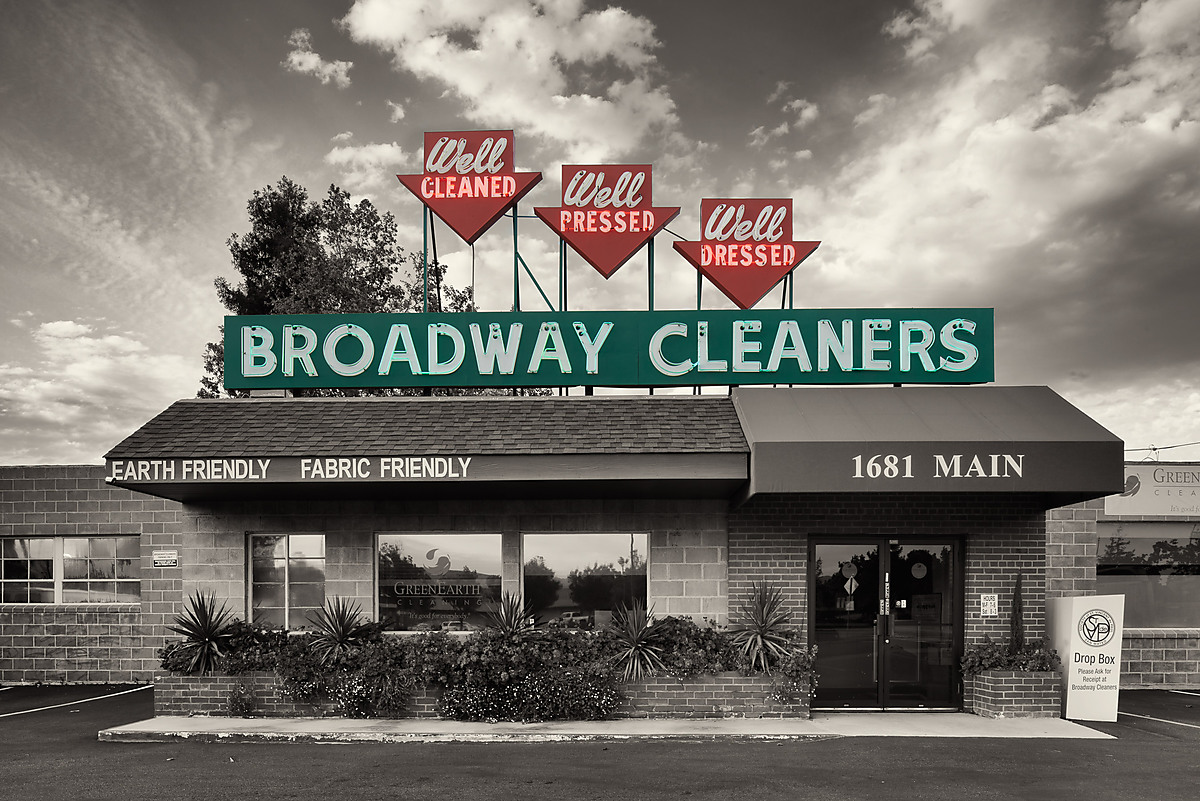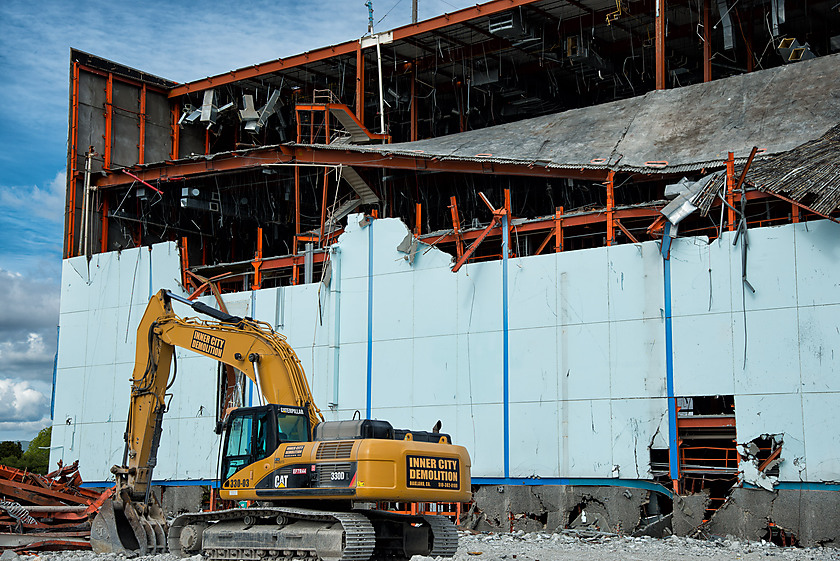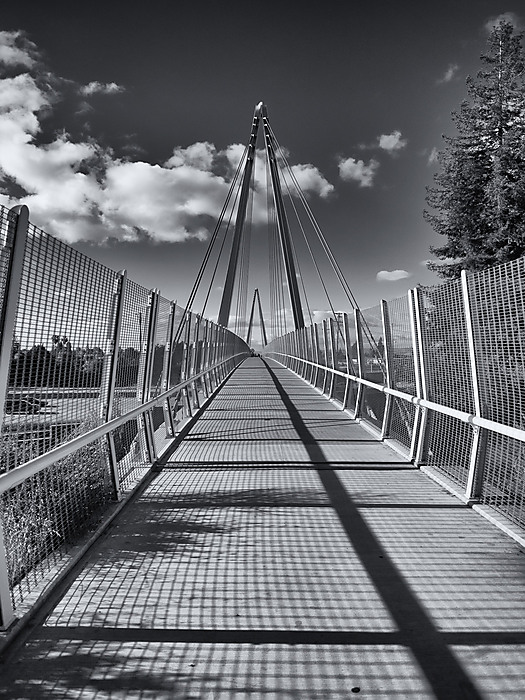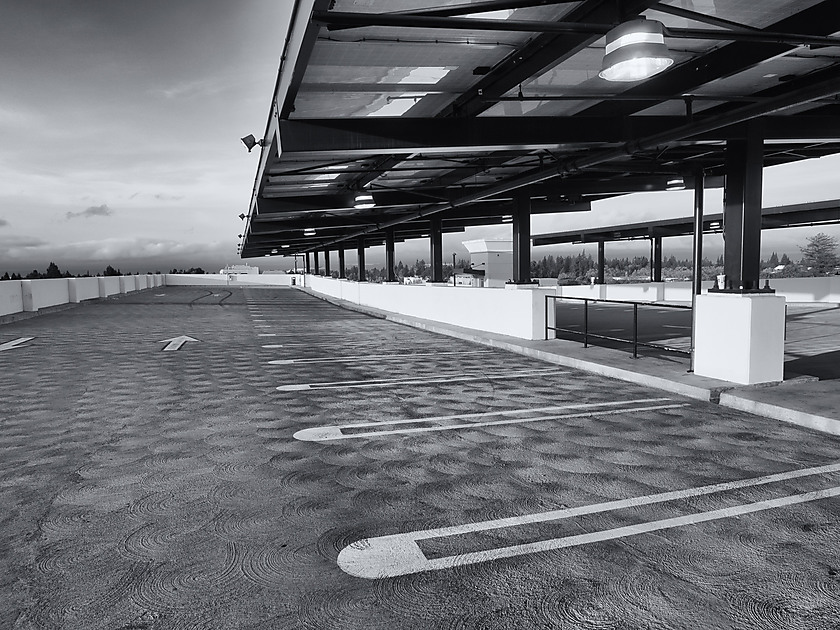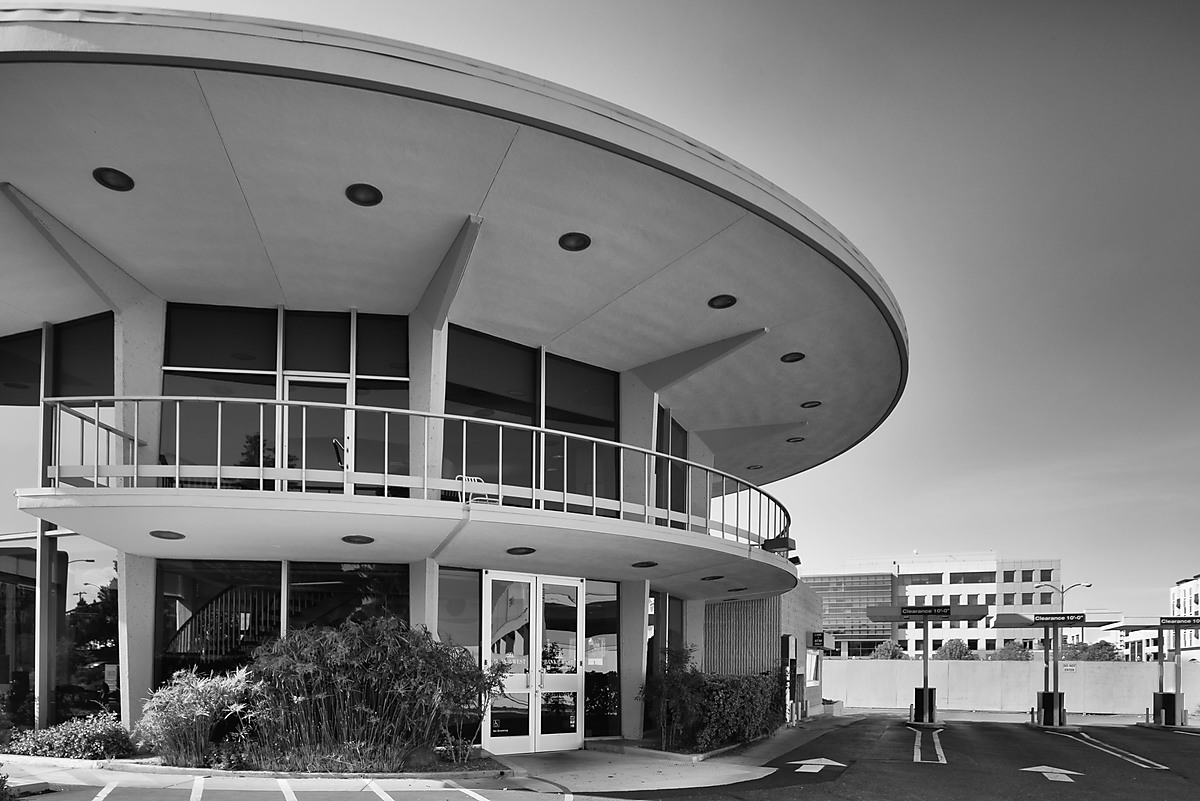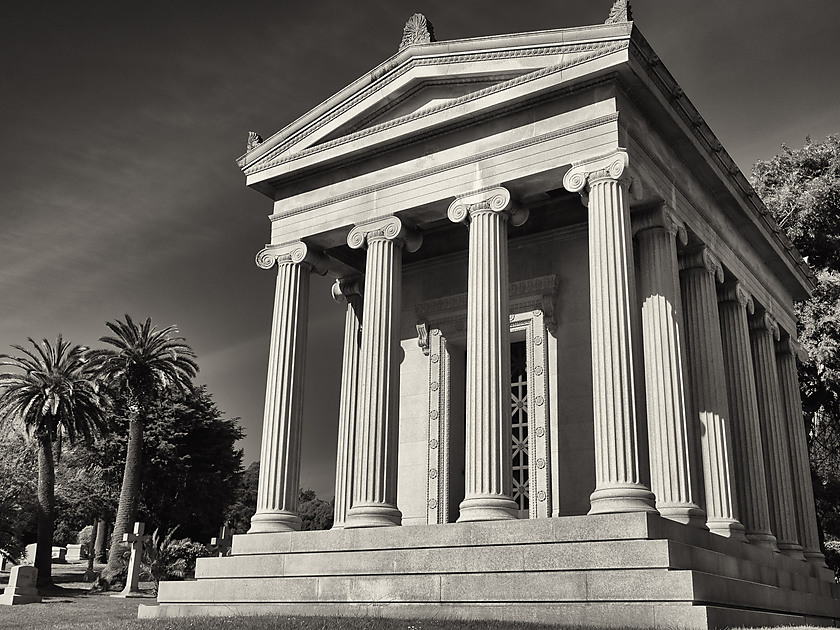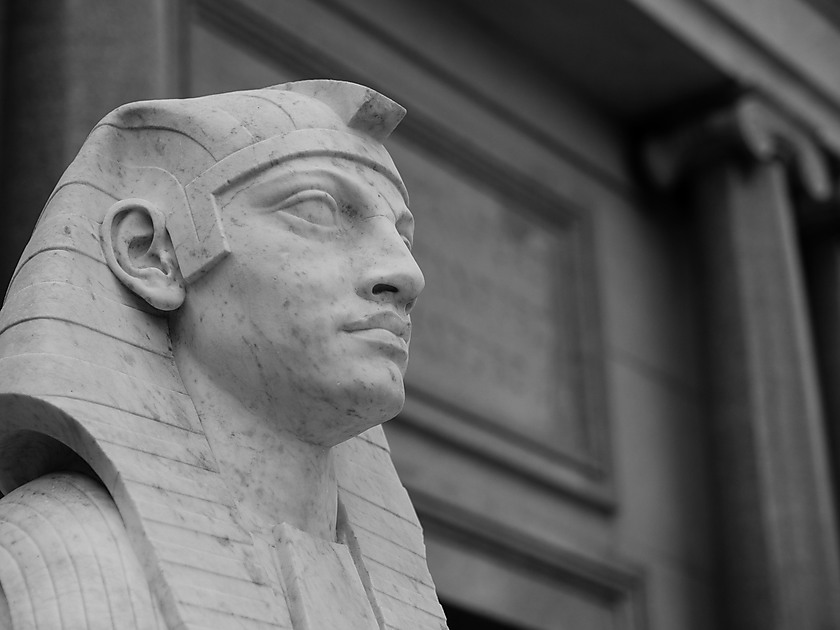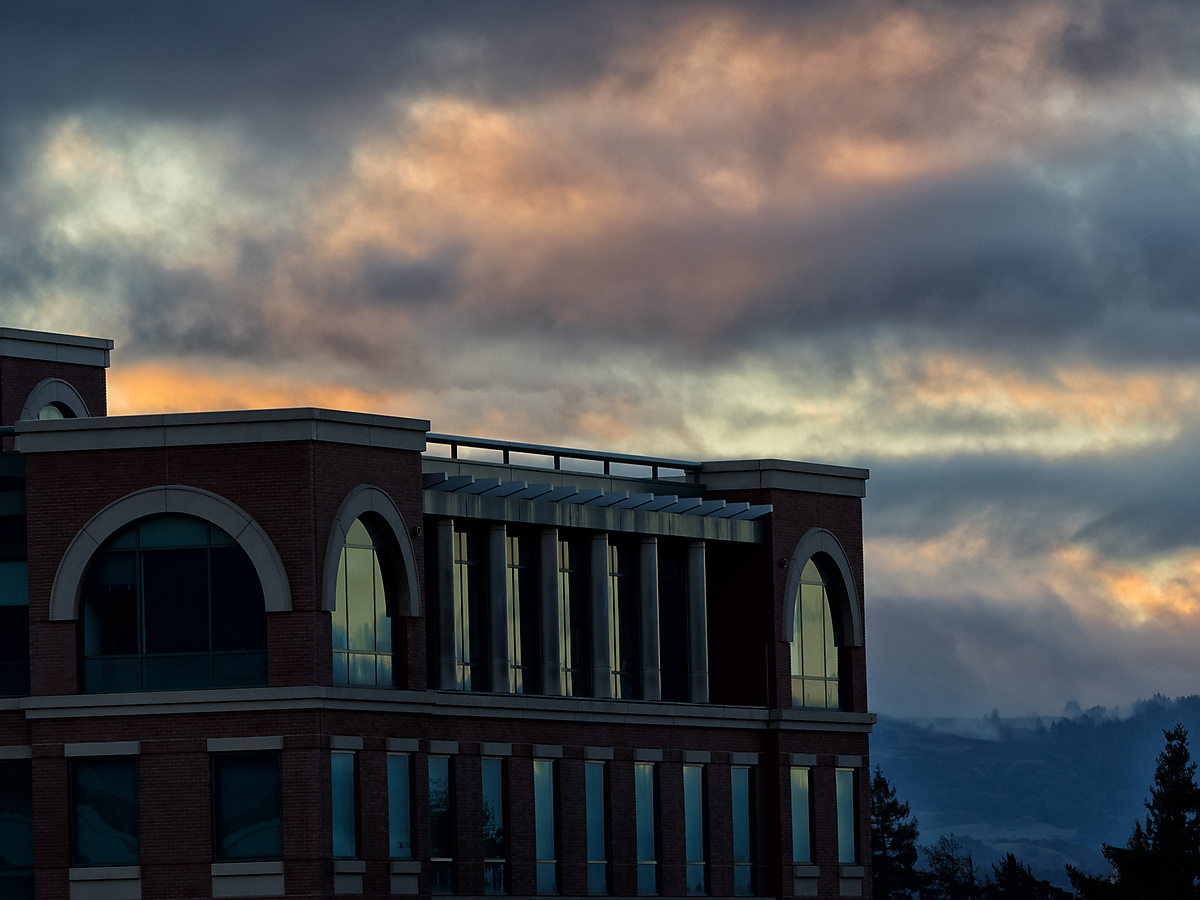
For most people the winter solstice, as known as the official start of winter, is just a curiosity and that often gets overlooked being just 4 days before Christmas. However, Christmas is in late December because of the solstice. The early Christian church placed in Christmas in late December to co-opt pagan solstice festivals.
Almost every human society has marked the solstice in some way. The longest night creates a need for a festival or observance with lights to ward off the darkness. Armed with modern science, we know that the days will get longer again. Empirically, our ancestors knew this as well but I always suspect that they also feared that there was the possibility that days would continue to get shorter and they would be stuck in a perpetual darkness. I suspect many early societies had rituals or offerings to the Gods to make sure the days started getting longer again.
Every year on the solstice, I think about the generations came before us and for 1000s of years marked the solstice. The longest night is a connection humanity’s past. We feel the darkness less in the modern world due to electric lighting. But I think it’s worth it to take a minute and imagine how the longest night would have felt to our ancestors a 1000, 2000 or even 5000 years ago with only fire to ward off the darkness and the cold.

